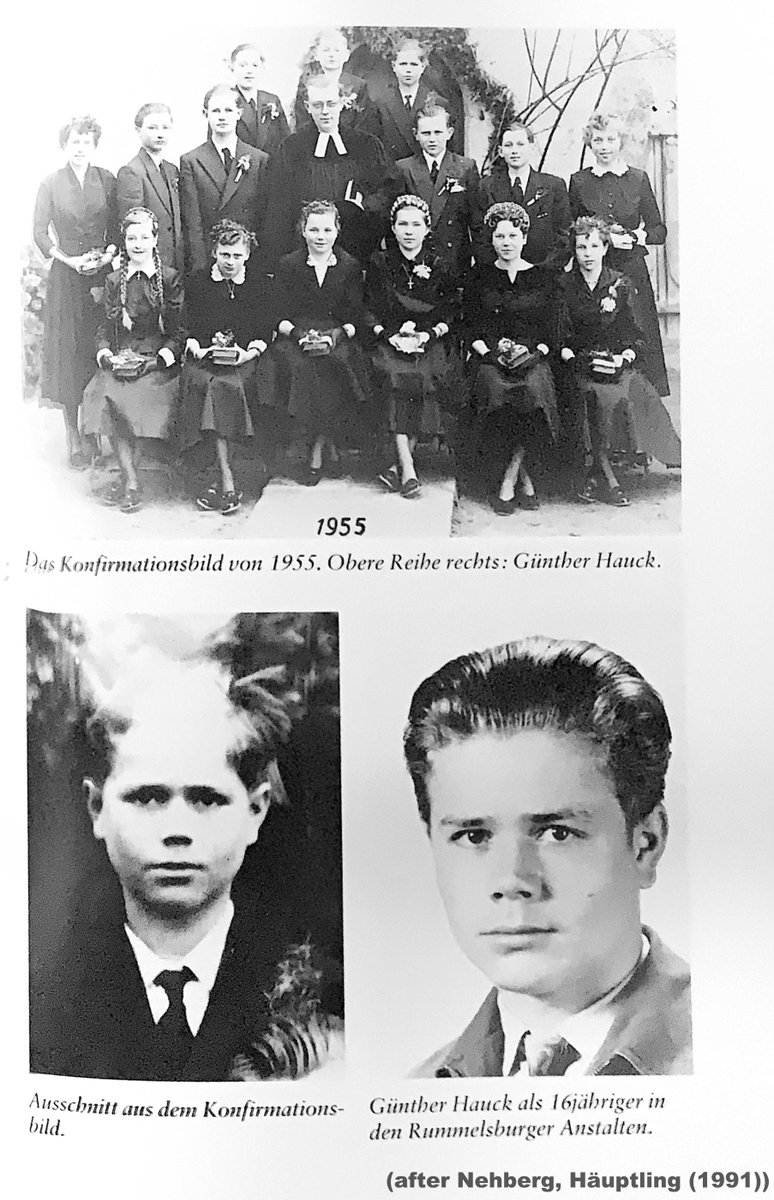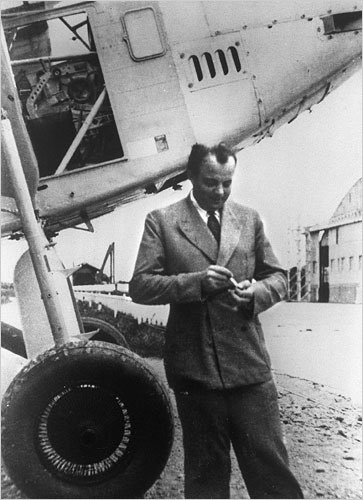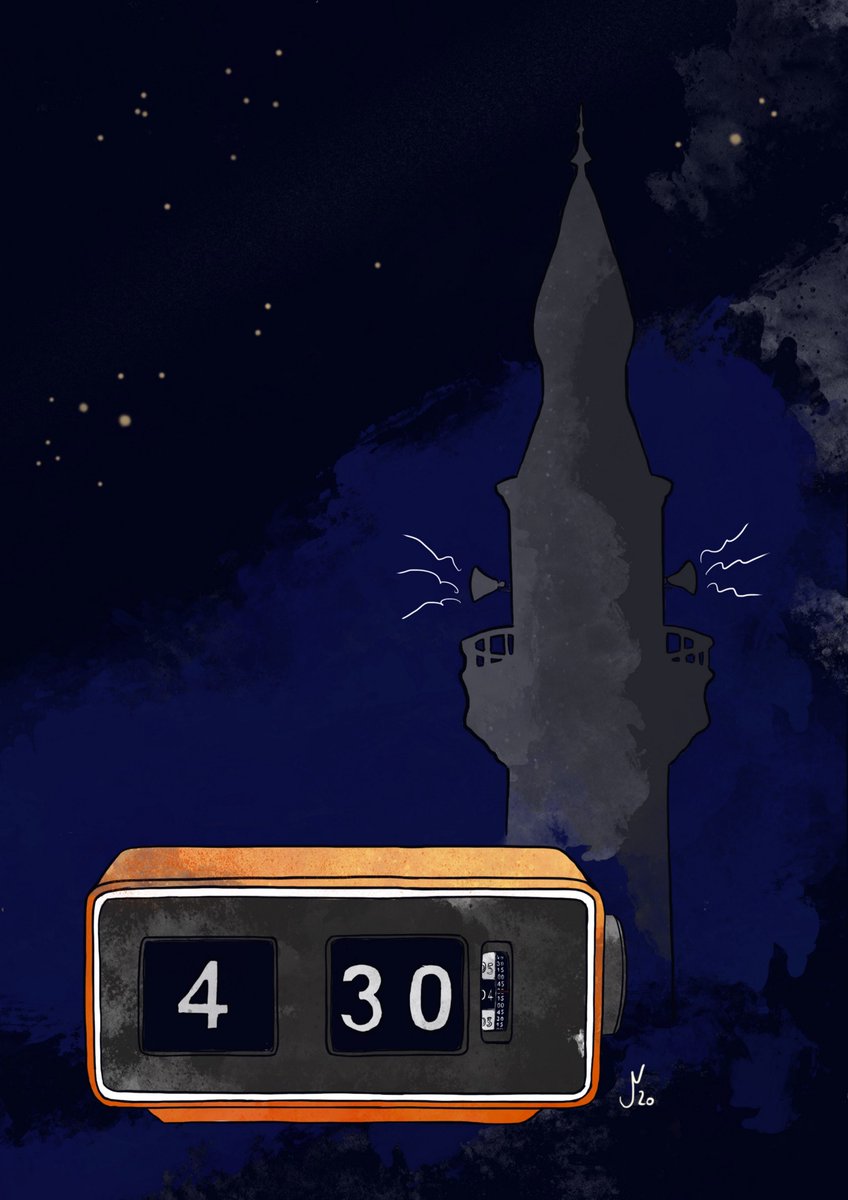
Movie buffs would probably agree that “#KingdomOfTheCrystal” skull wasn't exactly the most exciting #IndianaJones instalment.
But did you know, there’s a real story behind the plot around the 'lost city' of #Akator and the #Ugha tribe - and that it is no less movie material?
But did you know, there’s a real story behind the plot around the 'lost city' of #Akator and the #Ugha tribe - and that it is no less movie material?

Okay, 'real story’ may be a bit of a stretch in this case, admittedly.
It's more 'story' than real, to be honest - but still, let's take a closer look ...
It's more 'story' than real, to be honest - but still, let's take a closer look ...
That story starts with a mysterious 'Indian' all of a sudden appearing in Brazil from the depths of the jungle in the summer of 1972 - introducing himself as #TatuncaNara ("big water snake"), chieftain of the #UghaMongulala (yes, you read this correct) tribe … 

The fact that this mysterious white 'Indian' (you guess where the story’s going, don’t you?) barely spoke Portuguese, but fluently German was … remarkable (and still will play a role in this story).
The more remarkable was the tale he kept telling everyone who would listen.
The more remarkable was the tale he kept telling everyone who would listen.

#KarlBrugger, a German author and foreign correspondent was one of those who would listen to #Tatunca’s tale, apparently believing enough of it (or it's potential) to publish this "#ChronicleOfAkakor" in 1976 (preface contribution of English edition depicted here major spoiler). 

Ah, #Akakor - an alleged ancient underground city deep in the jungle somewhere between Brazil, Bolivia, and Peru which, according #Tatunca's story, has it all: lost pyramids, occult wisdom, and divine (a.k.a. 🙌 #AncientAliens 🙌) technology … 

That #TatuncaNara spun a colorful story and history of this powerful ancient empire, not just one #LostCity™ but several of those, mandatory treasure included.
Sounds more like a pulp novel you say? Well, you’re probably right …
Sounds more like a pulp novel you say? Well, you’re probably right …

While #Brugger seemed convinced by the #Akakor story (at least enough to find a publisher for it), it had one big flaw. There was only one single source for this fantastic tale: #TatuncaNara.
And of course, if a story sounds to good to be true - it usually is …
And of course, if a story sounds to good to be true - it usually is …
In 1990 German confectioner-turned-adventurer and activist #RüdigerNehberg dug deeper. Together with film maker #WolfgangBrög they convinced #Tatunca into taking them on an expedition and - exposed the #hoax.
irisfilm.de/iris2-4.htm
irisfilm.de/iris2-4.htm

The self-proclaimed Indian #TatuncaNara was ... a German citizen: #HansGüntherHauck, born in 1941 in Coburg – who had been 'disappeared' in the 1960s (due to financial difficulties, apparently). 

Ok, so what? A roguish prank, a fooled a journalist and his readers. An old story of lost cities and treasure in yet another variation ...
No harm done? Not quite.
No harm done? Not quite.
For one, #Tatunca/Hauck turned his fame into a business, guiding tourists into the jungle - a prospect of #Akakor included assumedly.
After some of his clients went missing under unclear circumstances (at least one found dead), questions were raised:
latimes.com/archives/la-xp…
After some of his clients went missing under unclear circumstances (at least one found dead), questions were raised:
latimes.com/archives/la-xp…
Additionally, the whole #Akakor story's still out there. Despite having been debunked long ago, it’s a still often cited trope fuelling #pseudoarchaeology narratives about ancient civilisations, incl. the racist deprivation of ancient and #Indigenous people's culture and history. 

It gets worse: According #Brugger’s record of #Tatunca’s story 2,000 Nazi soldiers made it to Brazil in WWII, teaming up with the #Ugha. Their (white) descendants still living in the underground cities to this day, the rightful heirs to all this ancient super technology etc. pp.
TL;DR: If you thought "#IndianaJones and the #KingdomOfTheCrystalSkull" was not the most creative movie ever written, brace yourself to find the background story of its plot even more outlandish.
spiegel.de/international/…
spiegel.de/international/…
• • •
Missing some Tweet in this thread? You can try to
force a refresh















